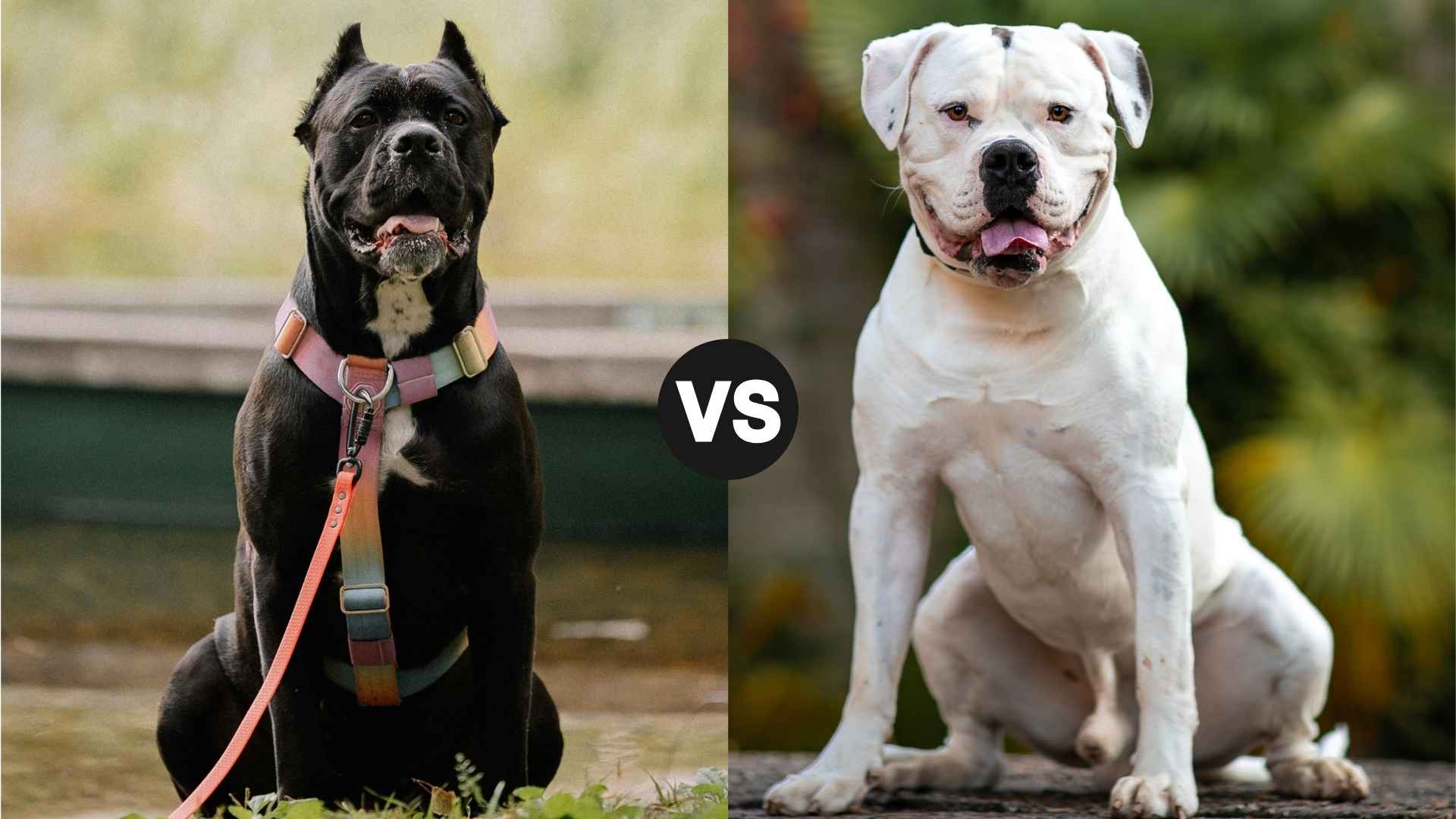It’s easy to get drawn in by how strong, bold, and fearless these breeds look. But behind the muscle, there’s a lot you don’t see until you’re in the middle of it.
Cane Corsos and American Bulldogs are nothing alike once you bring them home. One follows structure, the other pushes limits. One watches, waits, and protects. The other loves close contact, play, and being in the middle of everything.
People often choose them because they want confidence in a dog, but end up surprised by the daily demands. Choosing the wrong one doesn’t just cause stress—it can reshape your routines, your peace, and even your confidence as an owner. So before you decide, step into the full picture.
In this article, we’re walking through the side-by-side truths: not just looks, but how they think, act, train, guard, and grow. Because knowing before choosing? That’s what really matters.
Cane Corso vs. American Bulldog
Size and Weight Overview
Cane Corso: Large and powerfully built
Cane Corso dogs typically stand between 23.5 to 27.5 inches at the shoulder, with males being visibly larger than females. Their weight often ranges from 90 to 120 pounds, carrying impressive muscle mass across a solid frame. This size makes them naturally imposing, which is exactly what many cane corso owners admire in the breed.
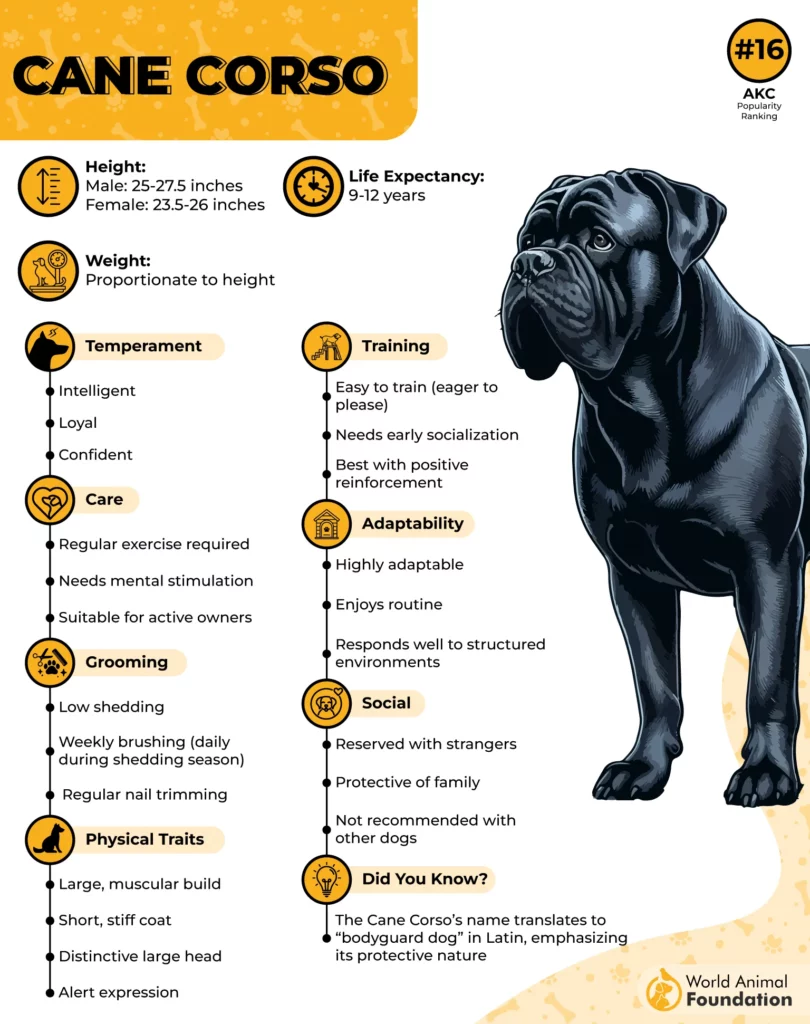
American Bulldog: Stocky but slightly shorter
American Bulldogs are slightly shorter, generally between 20 to 25 inches in height, but their bodies are thick and compact. Their weight can vary from 60 to 100 pounds, depending on the line and sex of the dog. While they may appear bulkier, they’re a bit less massive than Cane Corso dogs overall.
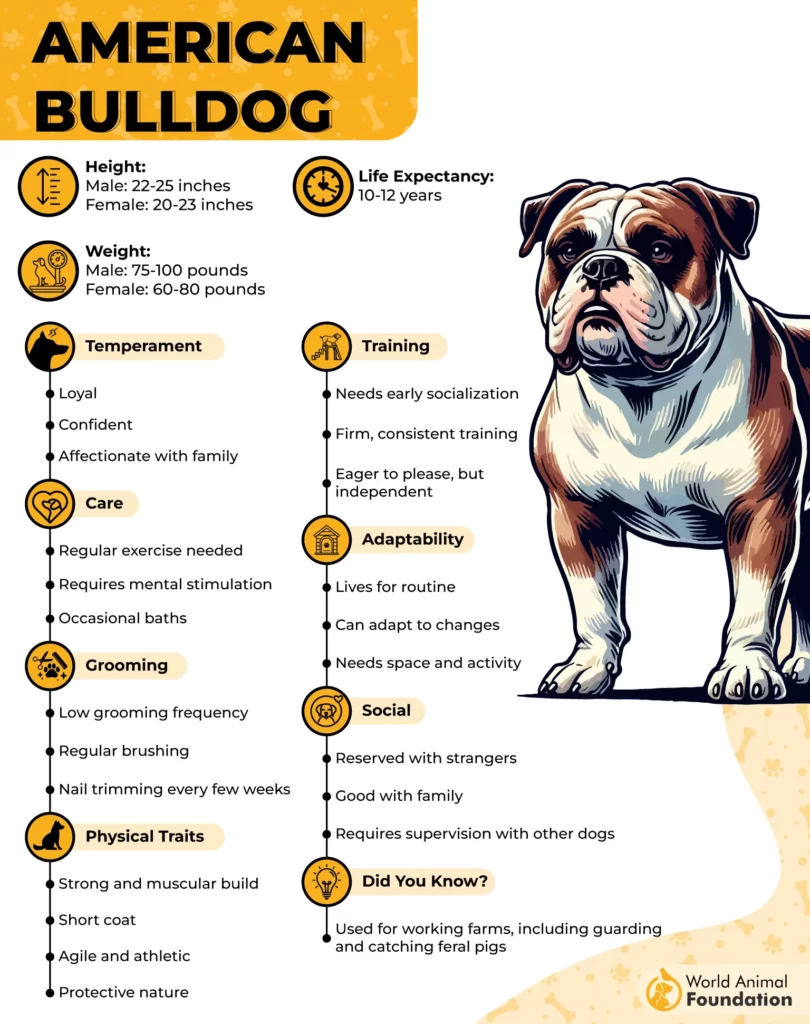
Frame and muscle definition
Cane Corso dogs tend to have a more elongated, athletic frame, while American Bulldogs are known for their blockier, denser build. Both breeds are muscular, but the Cane Corso’s structure leans more toward agility than sheer bulk. Their posture and movement reflect the different types of physical work they were bred for.
Growth patterns and maturity
Both breeds grow rapidly during their first year but reach full maturity at different rates. Cane Corso dogs often take longer to fill out, with muscle development continuing well past two years. In contrast, American Bulldogs tend to stabilize in size and weight slightly earlier in adulthood.
Temperament and Personality Traits
Confident yet deeply loyal
The Cane Corso breed is known for its strong protective instincts and deep loyalty to its family, as stated in Showsight Magazine. It’s naturally confident, often reserved around strangers, but calm when properly trained. With early socialization, this breed becomes a composed guardian without being overly aggressive.
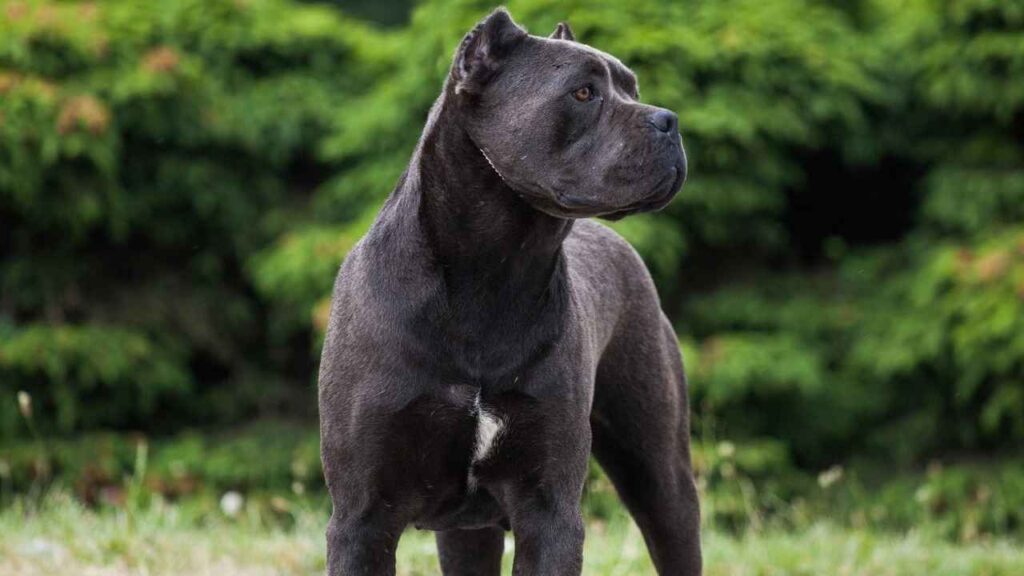
Powerful but people-focused
American Bulldogs, while powerful, often have a more easygoing and affectionate personality, as mentioned in Pawlicy Advisor. They form strong bonds with their people and enjoy being part of the daily routine. Though naturally social, they still benefit from structure and firm but kind guidance.
Can be selective around others
Both breeds may show dominant tendencies when meeting other dogs, especially of the same sex. Early introductions, controlled environments, and proper training help set positive behavior patterns. They can live peacefully with other pets if boundaries are set from the start.
Better suited for experienced handlers
Neither breed is ideal for first-time dog owners due to their strength, size, and independent thinking. They require consistent leadership, time, and clear communication. With the right match, they become balanced, devoted companions who know their place in the home.
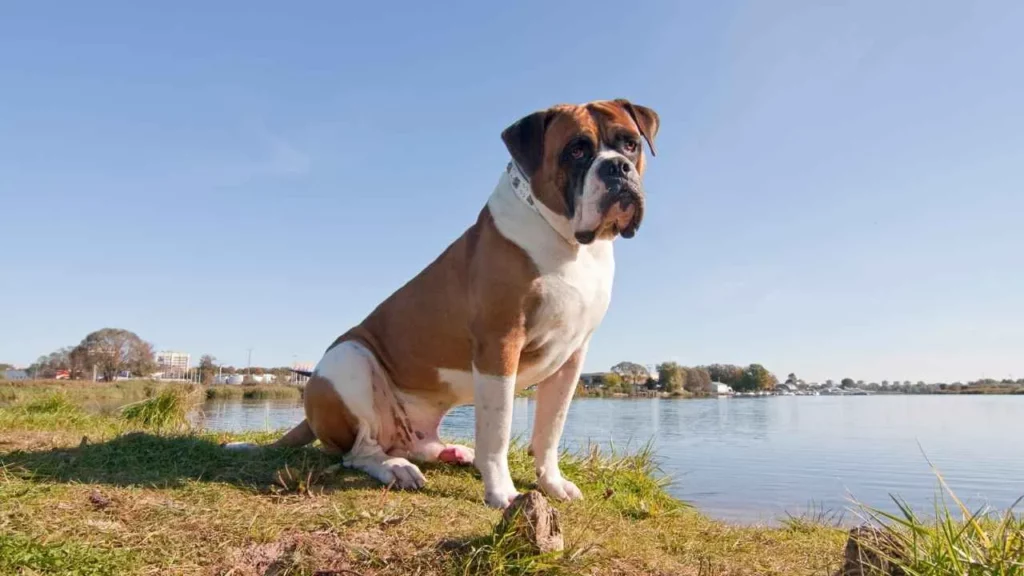
Trainability and Intelligence Levels
Quick learners with a working mindset
Both breeds are active dogs with strong working roots, but they process commands in different ways. The Cane Corso responds best when it sees a clear structure and purpose. In contrast, the American Bulldog may take a more relaxed approach, requiring steady repetition for better recall.
Mental sharpness needs consistent challenge
They benefit greatly from mental stimulation to prevent boredom-related behaviors. Without engaging tasks or problem-solving opportunities, both breeds may turn to destructive habits. Puzzle toys, task-based games, or rotating routines help them stay mentally alert.
Firm direction matters for progress
Obedience training should start early, especially for dogs with dominant tendencies. Cane Corsos thrive with consistent training that reinforces boundaries without harshness. American Bulldogs, though eager to please, still need routine guidance to stay focused and cooperative.
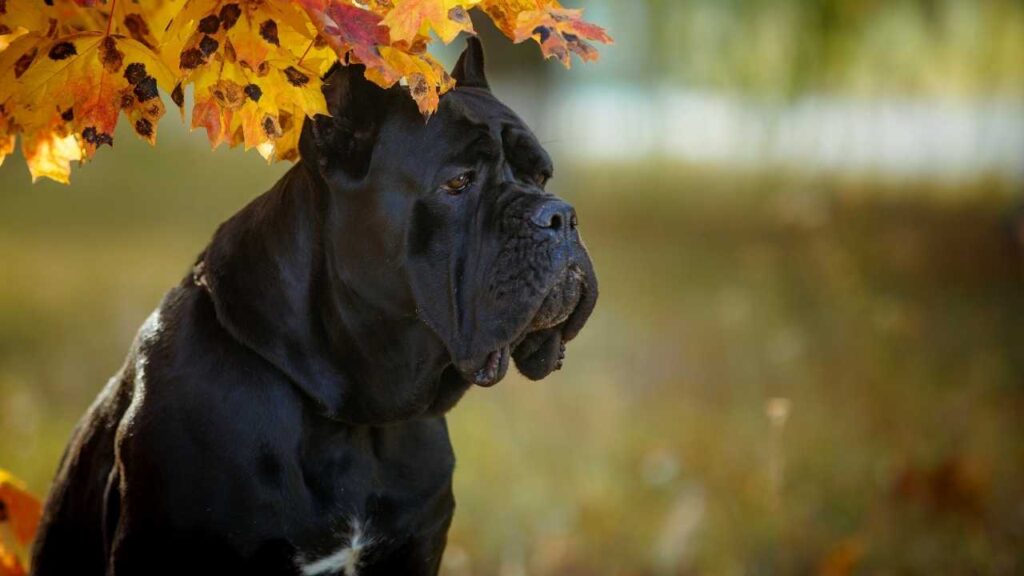
Not ideal for hands-off dog owners
Because both breeds require leadership and structure, they’re not a good match for inexperienced owners. A lack of confidence in handling or inconsistency in rules can lead to behavioral issues. The more confident and clear the handler, the better these dogs perform.
Energy, Activity, and Playfulness
Cane Corso: Driven and Focused
The Cane Corso is known for its intense energy, but it channels it with purpose rather than restlessness. As a high-energy breed, it thrives when given structured tasks or outdoor challenges, as per the AKC. Without physical stimulation, this working dog can quickly become bored or restless.
Cane Corso: Needs Active Leadership
To manage their energy well, Cane Corsos need consistent routines and mental engagement. Activities like tracking, advanced obedience, or agility are ideal for maintaining balance. Proper socialization early on helps them interact confidently with different dogs and unfamiliar environments.
American Bulldog: Playful but Strong-Willed
The American Bulldog is more play-oriented but can be just as determined in bursts of activity. Its enthusiasm makes it great for active families, though it needs clear boundaries during play. When raised with small children, supervision and firm training are essential for good behavior.

American Bulldog: Thrives in Social Homes
While not as task-driven as the Cane Corso, this breed enjoys frequent interaction and exercise. It generally gets along well with other dog breeds when socialized early. An American Bulldog left unstimulated may develop stubborn habits, but a steady routine keeps it grounded.
Bite Force and Jaw Structure
Power behind the bite
The Cane Corso is known for an impressively strong bite force that measures over 650 PSI. This power comes from its wide skull and heavy jaw muscles. It’s built for holding and controlling, not just quick nips or warning snaps.
Structure made for control
Its broad head and defined stop give it leverage during bite work, especially in protection roles. The jaw doesn’t just clamp—it anchors and steadies. This structure is what makes it excel in tasks requiring strength and restraint.
Form meets function
The American Bulldog also has a strong bite (305 PSI), though slightly less intense than the Cane Corso. Its shorter muzzle and muscular cheeks still deliver forceful pressure. But its jaw design favors agility and quick release over prolonged hold.
Built-in differences you can feel
While both breeds have powerful jaws, the Cane Corso’s bite is more about control and endurance. The Bulldog relies more on quick bursts of power and speed. Each jaw tells a story of what the breed was originally meant to do.
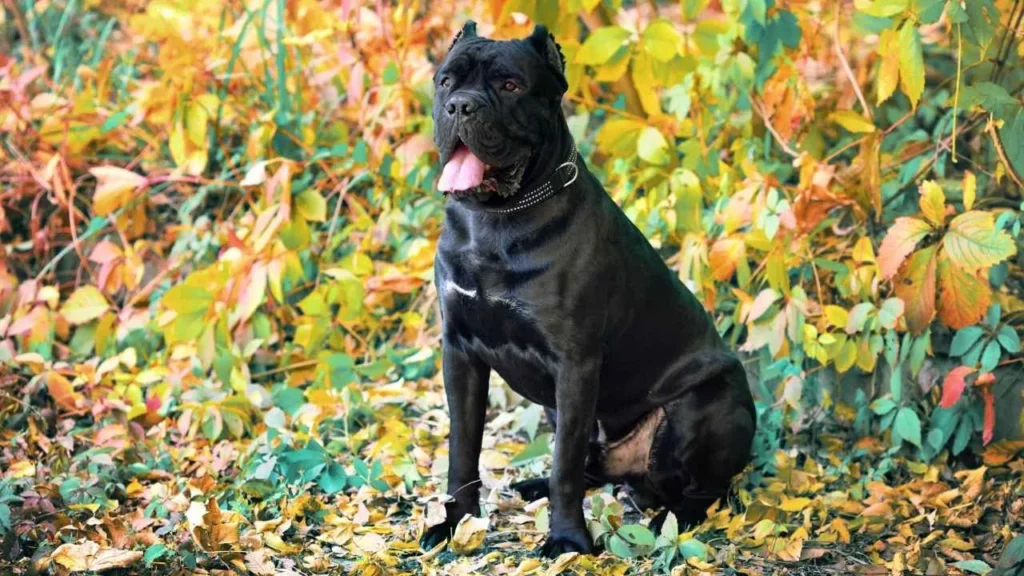
Health Concerns and Lifespan
Overall health profile
Both breeds are considered generally healthy dogs, but can still face a few breed-specific health issues. Cane Corsos may encounter joint-related problems, while American Bulldogs are more prone to certain hereditary conditions. Early screening helps in identifying underlying health conditions before they escalate.
Common vulnerabilities to watch
Cane Corsos can be susceptible to hip dysplasia due to their size and bone structure. American Bulldogs, on the other hand, may have an increased risk of skin irritations and respiratory concerns, especially in warmer climates.
How to ensure better health outcomes
Getting either breed from a reputable breeder is crucial for reducing the chances of inherited issues. Responsible breeding helps avoid complications seen in other breeds, like poor bone development or cardiac concerns. Proper diet, weight management, and activity all play a key role in long-term well-being.
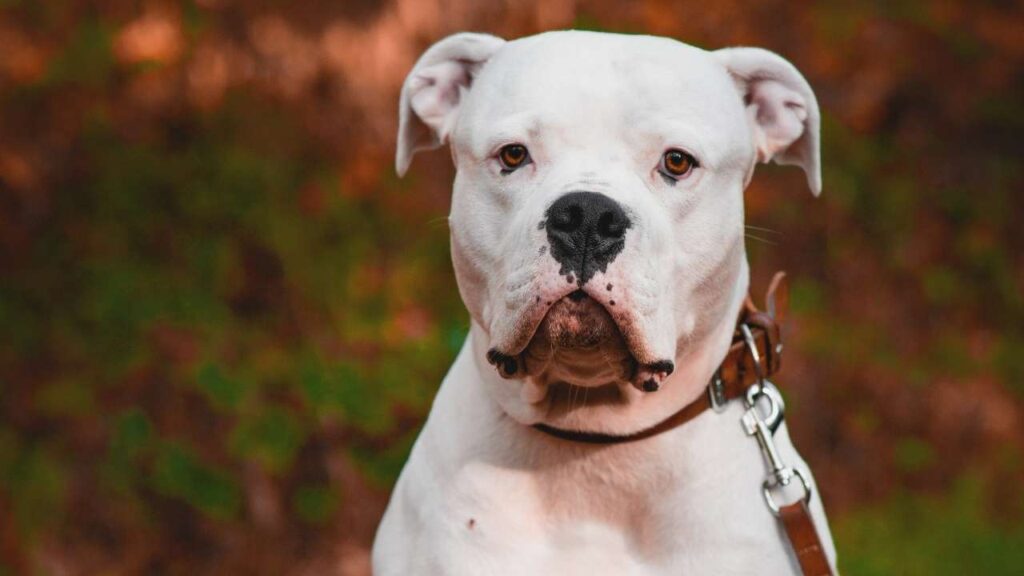
Longevity and quality of life
The Cane Corso has an average lifespan of 9 to 12 years, while the American Bulldog typically lives around 10 to 14 years. These numbers vary based on genetics, care, and lifestyle. Both can enjoy a full, active life with early socialization and consistent health monitoring.
Nutritional Needs and Weight Management
Feeding for strength and endurance
The Cane Corso benefits from high-quality dog food rich in protein and fats to support its muscular build and working background. These dogs burn energy fast, so meals should match their physical demands, especially during growth. Without a tailored diet, they may gain unnecessary weight or face joint stress early.
Balanced portions for steady weight
The American Bulldog thrives on structured feeding with controlled portions, particularly because its body tends to hold weight more easily. Too much food, especially carb-heavy fillers, can increase the risk of obesity-related complications. A well-rounded diet with muscle-supporting nutrients is essential from puppyhood.
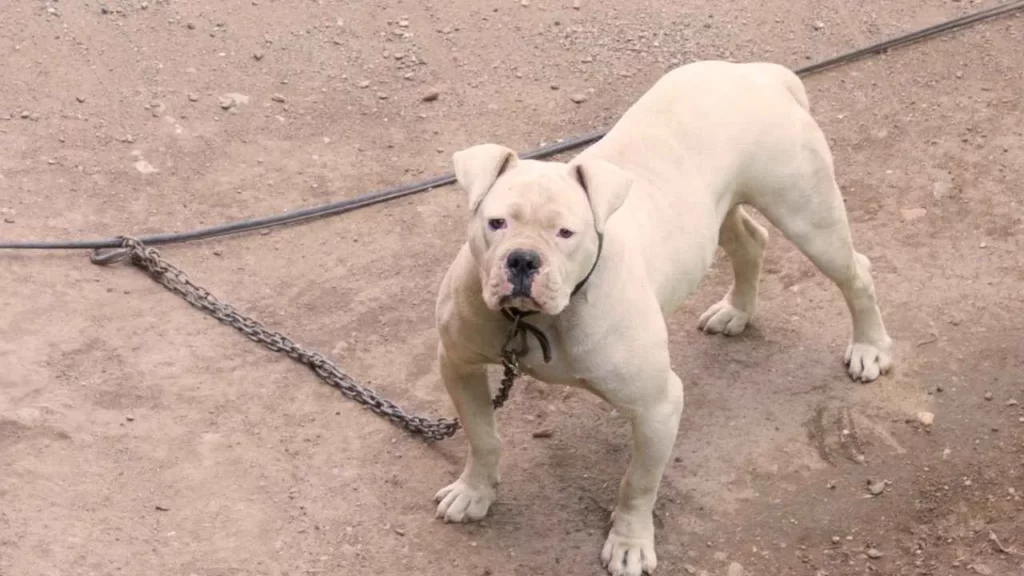
Activity matters in metabolism
Both breeds need daily walks and regular exercise to maintain optimal energy levels and prevent fat buildup. For the Cane Corso, play and resistance training support stamina, while the Bulldog does better with shorter, low-impact activities. Exercise isn’t optional—it directly affects how food is processed and stored.
Lifestyle plays a big role
Shared quality time isn’t just about bonding; it also helps monitor physical changes like appetite or energy shifts. Cane Corsos often thrive with purpose-driven tasks, while Bulldogs respond well to gentle engagement. Feeding strategies should always reflect their activity, metabolism, and living conditions.
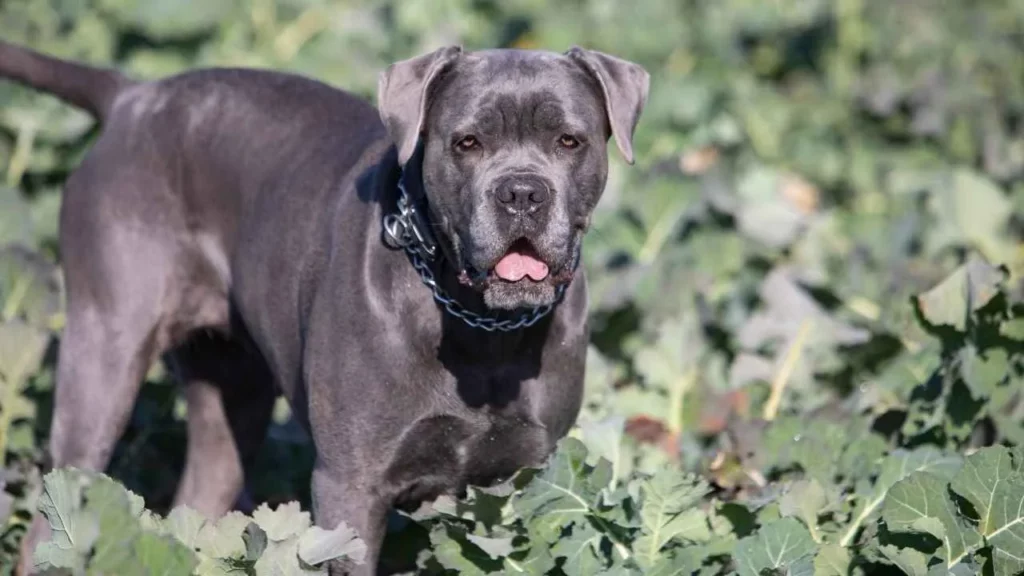
Allergies, Coat Care, and Grooming Requirements
Allergy Considerations
The Cane Corso tends to have more sensitivities to environmental allergens like grass pollen and dust mites, often leading to mild skin irritation, as stated in its breed profile by the AKC.
American Bulldogs, on the other hand, are more prone to food-related allergies, particularly proteins like chicken or grains in low-quality kibble. While both breeds may show symptoms through ear infections or paw licking, Bulldogs usually require stricter dietary monitoring.
Coat Maintenance Differences
Cane Corsos have a short, dense double coat that sheds lightly year-round but becomes heavier during seasonal changes. Weekly brushing with a firm bristle brush helps control shedding while distributing skin oils evenly.
American Bulldogs have a single-layer, tighter coat that sheds less overall but needs more frequent wiping due to skin folds.
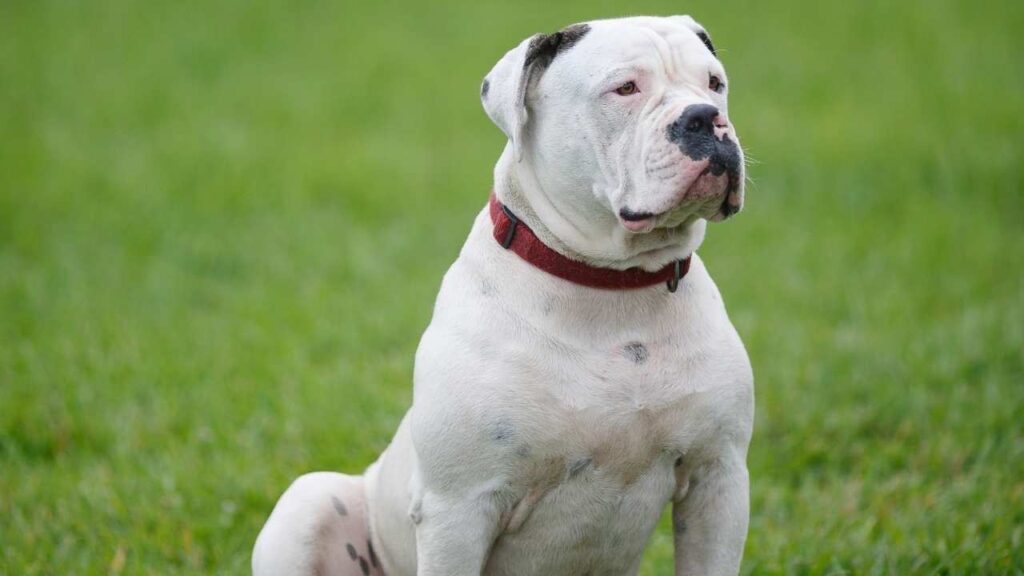
Grooming Requirements in Daily Life
For the Cane Corso, grooming is fairly straightforward—regular brushing and occasional baths are enough unless there’s heavy outdoor exposure.
American Bulldogs need more attention in wrinkle-prone areas like under the chin and around the neck to prevent moisture buildup and bacterial infections. Nail trimming, ear checks, and dental care are equally essential for both breeds to prevent long-term health issues.
Conclusion
At the end of the day, both the Cane Corso and American Bulldog demand more than just admiration—they need commitment. These are large breeds with powerful personalities, and owning either one means adjusting your life around them.
The Cane Corso’s protective nature works well in homes that need strong boundaries. The American Bulldog brings a more generally friendly vibe, but still needs structure. Whichever you choose, make sure you’re ready for consistent training, positive reinforcement, and leadership.
These dogs thrive in environments where they’re not treated like just animals, but real members of the family. They both handle weather conditions well, especially with their short coat, but daily brisk walks aren’t optional—they’re essential.
The American Kennel Club may list their traits, but living with them teaches you the real deal. Choose the breed that fits your rhythm, your space, and your ability to lead, not just your heart.


